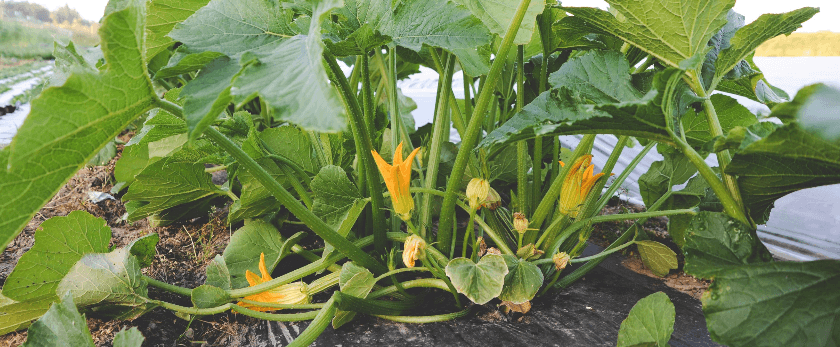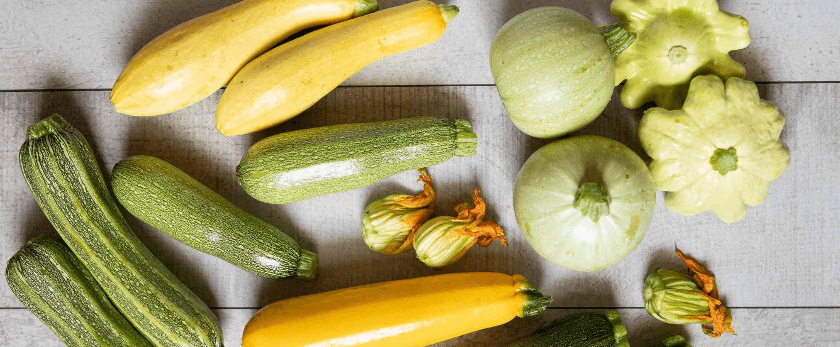Summer squash is a versatile and delicious vegetable that can be grown in your own backyard. Not only is it easy to grow, but it also provides numerous health benefits and is a great addition to any meal. In this article, we will discuss how to care for summer squash, the best time to grow it, and common problems that may arise. By following these tips, you can have a bountiful harvest of summer squash while also contributing to a greener, more sustainable future.
How to Care for Summer Squash
Watering
Water is essential for the growth of any plant, and summer squash is no exception. It is important to keep the soil consistently moist, but not waterlogged. The best way to achieve this is by watering deeply once or twice a week, rather than lightly every day. This will encourage the roots to grow deeper and make the plant more resilient to drought.
Light
Summer squash thrives in full sun, so make sure to choose a spot in your garden that receives at least 6-8 hours of sunlight per day. If you are growing in containers, make sure to place them in a sunny location as well. Lack of sunlight can result in stunted growth and poor fruit production.
Soil
Summer squash prefers well-draining, fertile soil. Before planting, amend your soil with compost or well-rotted manure to provide the necessary nutrients for the plant to thrive. If you are growing in containers, use a high-quality potting mix that is specifically formulated for vegetables.
Fertilizer
Summer squash is a heavy feeder and will benefit from regular fertilization. You can use a balanced fertilizer, such as a 10-10-10, every 2-3 weeks. Alternatively, you can use organic fertilizers, such as fish emulsion or compost tea, which will also improve the soil's overall health.
Pruning
Pruning is not necessary for summer squash, but it can help improve air circulation and prevent diseases. If you notice any dead or diseased leaves, make sure to remove them promptly. You can also prune off any excess foliage to allow more sunlight to reach the plant.
Best Time to Grow Summer Squash
Summer squash is a warm-season vegetable and should be planted after the last frost date in your area. It is best to wait until the soil has warmed up to at least 60°F before planting. In most regions, this will be in late spring or early summer. You can also start seeds indoors 2-3 weeks before the last frost date and transplant them outside once the soil has warmed up.

Common Problems with growing Summer Squash
Pests
The most common pests that can affect summer squash are squash bugs, cucumber beetles, and squash vine borers. These pests can cause damage to the leaves and stems, resulting in stunted growth and reduced fruit production. To prevent these pests, make sure to keep your garden clean and free of debris, as they can overwinter in plant debris. You can also use row covers to protect your plants from these pests.
Diseases
Summer squash is susceptible to various diseases, including powdery mildew, bacterial wilt, and mosaic virus. These diseases can cause wilting, yellowing of leaves, and reduced fruit production. To prevent these diseases, make sure to plant disease-resistant varieties, rotate your crops, and avoid overhead watering. If you notice any signs of disease, remove the affected plants immediately to prevent the spread.
Blossom End Rot
Blossom end rot is a common problem with summer squash, where the bottom of the fruit turns black and becomes sunken. This is caused by a calcium deficiency in the soil, which can be prevented by maintaining consistent soil moisture and using a calcium-rich fertilizer.
Conclusion
Growing summer squash is a rewarding experience that can provide you with fresh, healthy produce right from your own backyard. By following these tips on how to care for summer squash, the best time to grow it, and common problems that may arise, you can ensure a successful harvest while also contributing to a greener, more sustainable future. So why not give it a try and enjoy the delicious taste of homegrown summer squash?










